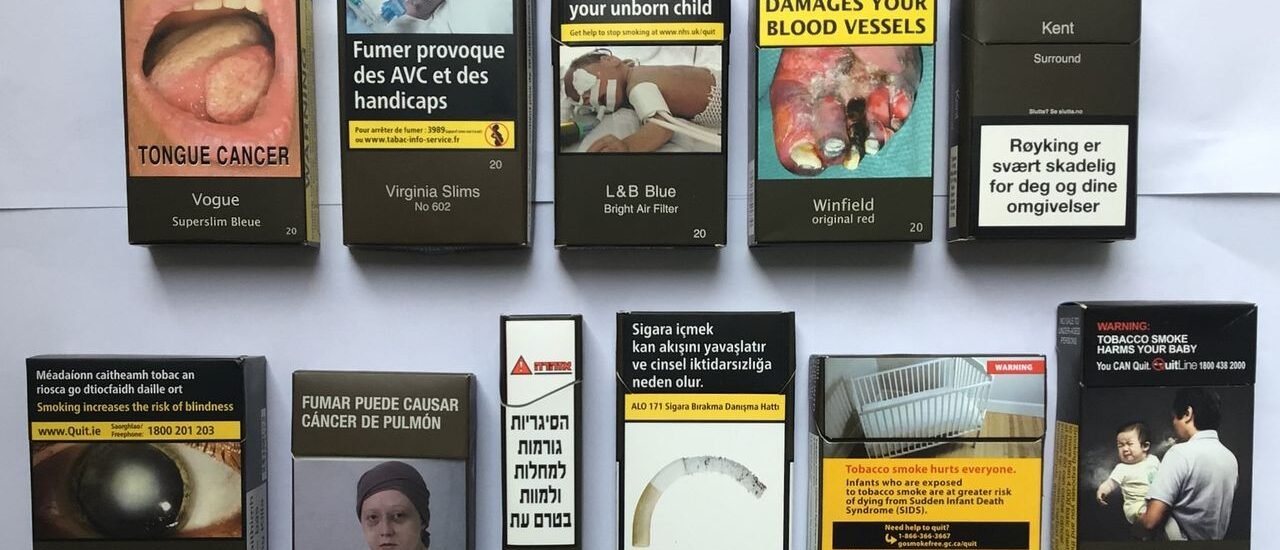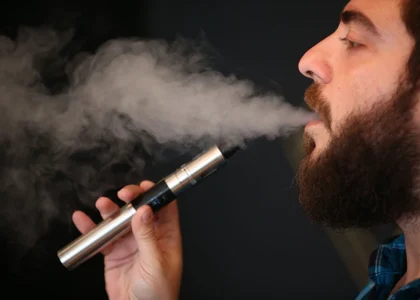The aim of this paper is to overview progress made with respect to the adoption of plain (or standardised) packaging, key challenges faced, evaluative evidence and opportunities for extending this policy. It has been a decade since Australia became the first country to require tobacco products to be sold in plain packaging; after slow initial uptake, 16 countries have now fully implemented this policy. Since 2020, plain packaging laws have become more comprehensive in some countries, expanding coverage beyond traditional tobacco products to include heated tobacco, tobacco accessories (rolling papers) and other nicotine-containing products (e-cigarettes). Laws have also become more innovative: some now ban non-biodegradable filters, include provision for a periodic change of the pack colour or require both plain packaging and health-promoting pack inserts. The tobacco industry has and will continue to use multi-jurisdictional strategies to oppose this policy. Evaluations suggest that plain packaging has improved health outcomes and has not burdened retailers, although research is limited to early policy adopters and important gaps in the literature remain. While the power of packaging as a sales tool has diminished in markets with plain packaging, tobacco companies have exploited loopholes to continue to promote their products and have increasingly focused on filter innovations. Opportunities exist for governments to strengthen plain packaging laws.
Introduction
It has been a decade since Australia became the first country to require tobacco products to be sold in plain (or standardised) packaging, and we reflect on progress, key challenges, lessons learnt and future opportunities.
Progress: a slow burner
The marketing literature, academic research and tobacco industry internal documents and external communications highlight the promotional power of the packaging.1–3 While packaging has been a cornerstone of tobacco marketing since the 19th century, governments were slow to appreciate its value. Warnings were first displayed on cigarette packs in the 1960s and 1970s, but these typically vague text messages in small print and relegated to the side of the pack likely benefited tobacco companies (allowing a defence against failing to warn of the potential harms) more than consumers.4 5 By the 1980s and 1990s, larger, rotating text warnings on the main display areas of cigarette packs were common and warning content had become causal (eg, ‘Smoking kills’) rather than cautionary (eg, ‘Government warning: Smoking may damage your health’), and some countries had banned specific misleading descriptors (eg, ‘light’ and ‘mild’).6 In addition, the idea of ‘plain’ brown packs was mooted as a possible regulatory measure the New Zealand Department of Health’s Toxic Substances Board.7
This century has seen a shift in the balance of power between governments and the tobacco industry for control of the pack. Pictorial warnings are the norm, and 16 countries, from all regions except Africa, have fully implemented plain packaging: Australia (December 2012), France (January 2017), the UK (May 2017), New Zealand (June 2018), Norway (July 2018), Ireland (September 2018), Thailand, Uruguay (December 2018), Saudi Arabia, Slovenia, Turkey, Israel (January 2020), Canada (February 2020), Singapore (July 2020), Belgium (January 2021), Netherlands (October 2021)8 (see figure 1). If adoption follows a similar timeframe to that of pictorial warnings (introduced in >120 countries within 20 years of first implementation),9 then in a decade plain packaging will be the global standard. Greater policy interest has gone hand-in-hand with greater academic interest.





